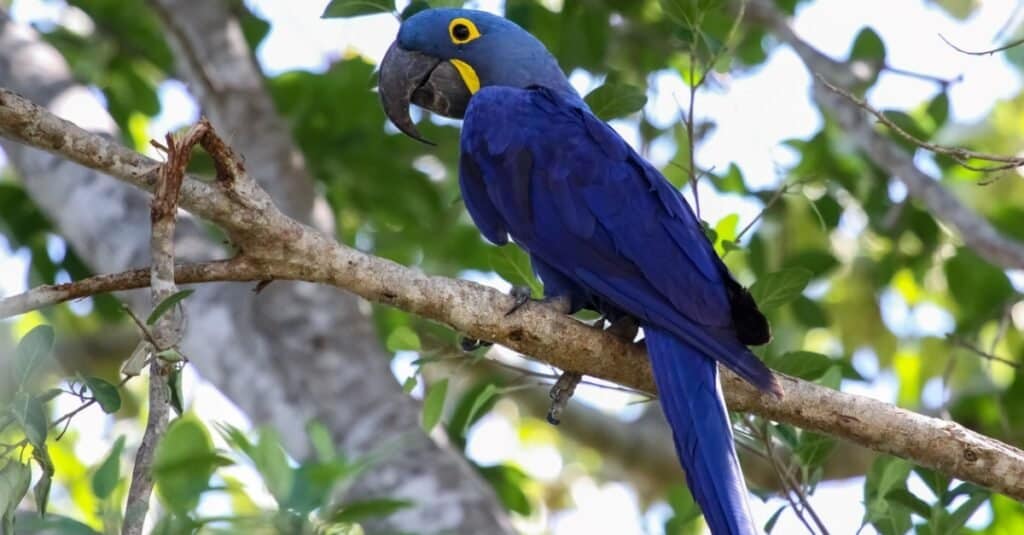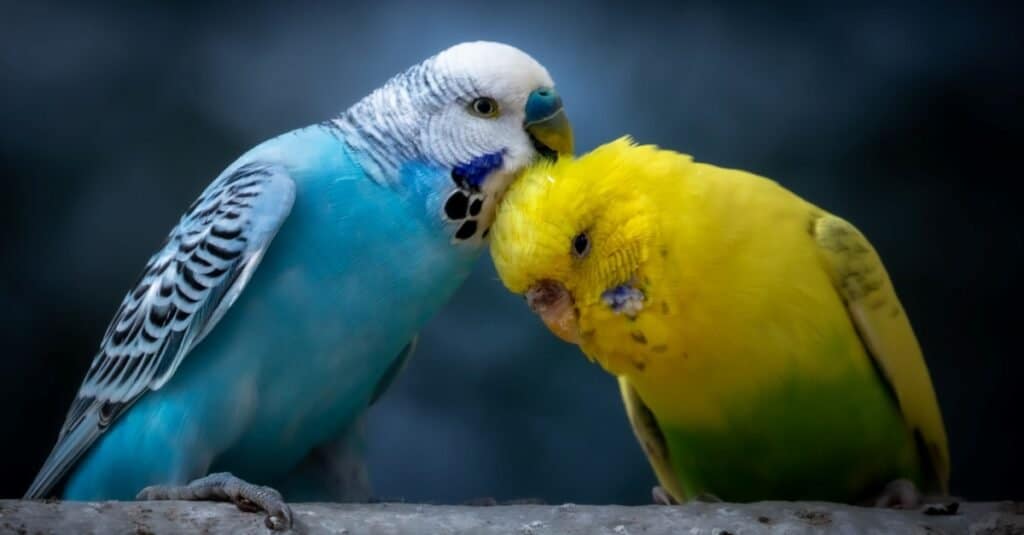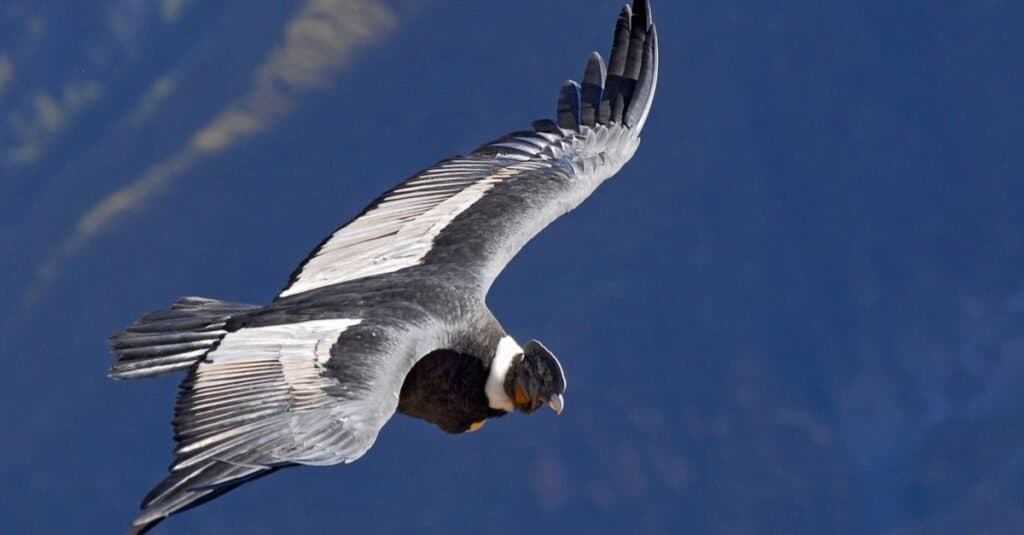One of the fascinating things about birds that people tend to always ask about is how and where they sleep. Birds have a unique sleep pattern that distinguishes them from mammals.
Birds are always seen moving about during the day and are always scattered across many places, making people wonder where they go at night. If you, like most people, have been asking questions like how birds sleep, where they sleep, and how frequently they sleep, you might want to stick with us till the end.
Where Do Birds Sleep?

Birds sleep in chimneys, tree branches, tree cavities, and unoccupied birdhouses.
©iStock.com/Uwe-Bergwitz
Birds sleep in unoccupied birdhouses, chimneys, tree cavities, tree branches, and gutters. It is generally assumed that birds return to their nests every night to sleep, just like mammals will return to their habitat. But it is worthy to note that not all birds build nests where they sleep.
Birds don’t usually build nests to sleep at a location every night. Nests are made with the sole aim of incubating their eggs and providing warmth for their newly hatched young ones.
Birds sleep in different positions, depending on their species. Some can sleep while standing, lying, floating on water, or even hanging upside down. The hummingbirds, for example, are often found sleeping in an upside-down position, especially on trees.
Another essential fact about birds is that when they sleep, to keep their body temperature high, they tend to fluff up their feathers. This serves as a cover and protection from the cold weather before they sleep.
Hummingbirds go into a state of hibernation referred to as torpor when it’s time to sleep. When they undergo torpor, their metabolism rate is reduced, which reduces their body temperature and helps them to conserve energy. Birds also experience rapid and non-rapid eye movement sleep like humans and most mammals. The only thing is that they have a shorter cycle than humans.
How Long Do Birds Sleep?

Some birds can sleep while standing, lying, upside down, and floating on water.
©Werner Baumgarten/Shutterstock.com
Birds, while sleeping, are susceptible to dangers. So, this affects how they sleep. They wake up once they sense any form of danger around them. Therefore, in the real sense, birds are not always asleep from dusk to dawn; they are always alert.
Due to all this, it isn’t easy to point out how long birds sleep at night. Some nocturnal birds, like owls, get their sleep during the day and remain awake all through the night.
Birds start to look for a place to rest when they observe that the sun has begun setting. But this is the opposite for nocturnal birds since they don’t sleep at night but in the day. For example, Ruby-throated hummingbirds don’t sleep and remain active until they discover that it’s becoming difficult for them to see clearly.
At some point, some birds might be seen sleeping during the day, not because they are nocturnal, but because there could be abnormalities in their system or could be due to unfavorable weather conditions. For example, a hummingbird might be seen sleeping during the day due to an urgent need to conserve its energy due to poor weather conditions.
Can A Bird Sleep with its Eyes Open?
Normally, like humans, birds sleep with their eyes closed, usually by tucking their heads into one of their wings. But some birds are an exception, like the duck. They can keep an eye open while they sleep.
While they sleep, their brain is not totally asleep. One half remains awake while the second half is asleep. This phenomenon is called Unihemispheric slow-wave-sleep (USWS), and this majorly helps the bird stay alert to intending dangers, especially to predators while sleeping.
Birds are not the only animals with this unique way of sleeping, some other animals sleep this way too, but birds can control theirs. They can determine how much of their brain stays awake and asleep based on how much they open their eyes while asleep. And interestingly, they can decide to make the two halves of their brain sleep completely. So birds that sleep like this find it very easy to rest and, at the same time, respond to danger rapidly.
Ducks and waterfowls are known to do this very well compared to other birds. Waterfowls, while asleep, easily feel the vibrations of approaching predators in the water.
Can A Bird Sleep While Flying?

Birds can sleep with one half of their brain asleep and the other half awake.
©Cezary Wojtkowski/Shutterstock.com
It is not a very common thing to see birds sleep while flying, but a bird can sleep while flying. The unihemispheric slow-wave sleep is responsible for this. When this happens, it could be that the bird is migrating at that point, with one of its eyes open.
So the same way a bird that is asleep keeps an eye open to be sensitive to dangers, birds that are migrating also keep an eye open while flying to be alert to dangers.
How Do Birds Maintain Firm Grips while Sleeping?
Birds have specially designed legs and feet to help them maintain firm grips on places like tree branches while sleeping. Birds possess tendons in their legs that are connected to their toes.
When it’s time to land on a branch, the bird’s weight forces the tendons in the legs to relax, making it very easy for the toes to have a firm grip on the branch. This remains like this until the bird is prepared for another flight.
The photo featured at the top of this post is © FloridaStock/Shutterstock.com
Thank you for reading! Have some feedback for us? Contact the AZ Animals editorial team.






